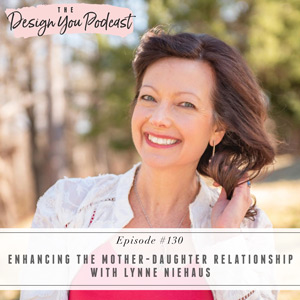
Welcome back to this three-part series, where I’m talking with some of my fantastic Design You members about how they’ve applied what they learned in the Design You Membership to creating and scaling their businesses. This week, I have the amazing Lynne Niehaus joining me to talk all about the work she does with young girls and their moms.
Lynne Niehaus has so many strings to her bow! She is a mother, yogi, artist, molecular biologist, interior designer, educator, and mediator and helps mothers and daughters forge lasting bonds through a blend of design and coaching. She teaches design camps for creative girls to help them embrace and celebrate their creativity and helps moms reconnect with their daughter’s intuition and personality. She’s here today to tell us all about this inspiring work!
Tune in this week where we talk about the connection between interior design and personal development and how moms can work together with their daughters to understand each other better. We’ll discuss the importance of our kids’ mental health, and why we should all be more open with our children and listen to what they have to say. If you’re a parent of young girls, you’ll take a lot away from this episode!
If you want to keep this conversation going, you have to join my free Design You Podcast community on Facebook. We have great conversations over there about the podcast episodes and our podcast guests are in there too! So head on over and I’ll see you there!





